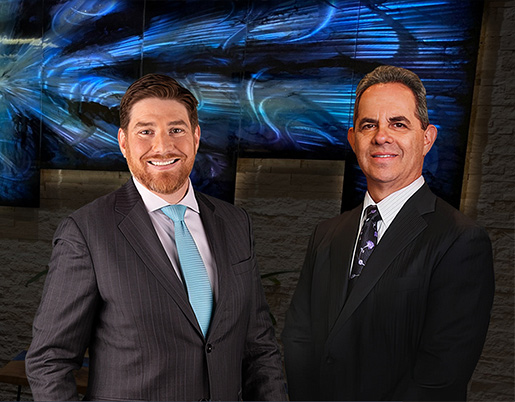Automobile accidents are the number one killer of Americans under the age of 34, with approximately 42,000 people killed every year. In addition to this, there is an estimated cost of $150 billion for medical costs, insurance and worker productivity, not to mention the emotional costs of being injured. By getting defective and unsafe vehicles off the road, these numbers should be greatly reduced.
The National Traffic and Motor Vehicle Safety Act now called 49 U.S.C. Chapter 301 gives the National Highway Traffic Safety Administration (NHTSA) the authority to set vehicle safety standards and to issue recalls for vehicles that have safety issues.
Since 1966,when the safety act first came into effect, more than 390 million cars, trucks, buses, recreational vehicles, motorcycles, and mopeds, as well as 46 million tires, 66 million pieces of motor vehicle equipment, and 42 million child safety seats have been recalled to correct safety defects.
In order to find safety problem, the NHTSA relies on auto manufactures, dealers, distributors, and consumers to notify them when there is a problem. The NHTSA is responsible for monitoring the manufacturer’s corrective action to ensure the recall is successfully completed.
Some examples of defects considered safety-related are:
- Steering components that break suddenly causing partial or complete loss of vehicle control.
- Problems with fuel system components, particularly in their susceptibility to crash damage, that result in leakage of fuel and possibly cause vehicle fires.
- Accelerator controls that may break or stick.
- Wheels that crack or break, resulting in loss of vehicle control.
- Engine cooling fan blades that break unexpectedly causing injury to persons working on a vehicle.
- Windshield wiper assemblies that fail to operate properly.
- Seats and/or seat backs that fail unexpectedly during normal use.
- Critical vehicle components that break, fall apart, or separate from the vehicle, causing potential loss of vehicle control or injury to persons inside or outside the vehicle.
- Wiring system problems that result in a fire or loss of lighting.
- Car ramps or jacks that may collapse and cause injury to someone working on a vehicle.
- Air bags that deploy under conditions for which they are not intended to deploy.
- Child safety seats that contain defective safety belts, buckles, or components that create a risk of injury, not only in a vehicle crash but also in non-operational safety of a motor vehicle.
If you think your vehicle or equipment may have a safety defect, you should report it to the NHTSA. If the agency receives similar reports from a number of people about the same product, an investigation will be started. In order to make it convenient for consumers to report any suspected safety defects to NHTSA, the agency offers three ways to file such complaints.
Vehicle Safety Hotline
NHTSA operates the U.S. Department of Transportation’s (DOT) Vehicle Safety Hotline telephone service to collect information from consumers on vehicle safety problems. You can call 1-888-327-4236 or 1-800-424-9393 toll free from anywhere in the United States, Puerto Rico, and the Virgin Islands to register complaints or receive recall information about a vehicle. The Hotline also has Spanish-speaking representatives and offers a dedicated number, 1-800-424-9153, for use by persons with hearing impairments.
When you call the Hotline to report a vehicle-related safety issue, you will be asked to provide certain critical information that agency technical staff needs to evaluate the problem. The information you provide is filed on a Vehicle Owner’s Questionnaire (VOQ), entered into the agency’s consumer-complaint database, and forwarded to NHTSA technical staff for evaluation.
VOQs filed through the Hotline will be mailed to you for verification of data. In addition, you will receive an explanation of how your report will be used, as well as a request for written authorization allowing NHTSA to provide your personal identifiers (e.g., name, address and telephone number) to the manufacturer of the alleged defective product you own. Note that you are not required to provide such authorization. However, sometimes sharing this information with the manufacturer can help facilitate the recall process.
Safercar.gov
You can also report a vehicle safety issue to NHTSA online at our vehicle safety Web site: www.safercar.gov. Select “File a Complaint” within the Defects and Recalls section of the home page. The information you submit via the Web site is recorded in VOQ format, entered into our consumer complaint database, and provided to our technical staff for evaluation.
When you fill out a VOQ online, you will be given the option of checking a box to authorize or not authorize the release of your personal identifiers to the manufacturer of the alleged defective product you own. Again, while you are not required to provide such authorization, doing so can sometimes help facilitate the recall process.
U.S. Mail
To report a safety complaint to NHTSA by mail, send your letter to:
U.S. Department of Transportation
National Highway Traffic Safety Administration
Office of Defects Investigation (NVS-210)
1200 New Jersey Avenue SE
Washington, DC 20590








